Are Heating Blankets and Heating Pads Bad for Diabetics?
Diabetes is a complex condition to treat and calls for caution and attention. Neuropathy, or damage to the nerves, is one of the signs of diabetes.
Foot pain is frequently caused by neuropathy, which is prevalent in the fingertips and feet. Heating pads or electrics blankets should be carefully used for diabetics, or otherwise they would be harmful. Let's discuss this prevalent problem in detail in this article.
Can I use heating pads or electric blankets if my feet are cold?
Yes, as a diabetic patient, you can use heating pads, or electric blankets if your feet are cold. A convenient and simple-to-use solution for body aches, joint discomfort, cramps, and stiffness in the muscles is to use heating pads.
It gives heat treatment to diabetic patients, calming the area where it is administered and eventually aids in our body's relaxation at the burnt area.
When there is an injury, it is typically included in a doctor's prescription to lessen joint or muscle pain. This simple-to-use gadget, also known as electric blanket, can offer immediate warmth, relaxation, and pain relief throughout the cold months, if you're suffering from diabetes.
What needs to be paid attention to when diabetics use Heating Pad and Electric Blankets?
Diabetics need to be cautious when using heating pads and electric blankets due to potential complications related to neuropathy. High temperatures can be risky for individuals with diabetes, as they may have reduced sensation in their extremities, making it harder to detect burns or injuries. Here are some tips to stay safe:
Temperature control:
Use heating pads and electric blankets with adjustable temperature settings. Avoid high temperatures, and always start with the lowest setting.
Regular checks:
Inspect your skin before, during, and after using heating devices. Look for any signs of redness, irritation, or burns. If you notice anything unusual, stop using the heating pad or blanket immediately.
Limited duration:
Limit the duration of use to avoid prolonged exposure to heat. Extended periods of heat can increase the risk of burns. The suggested temperature range is between 80°F and 100°F. Burns that are serious and nerve damage can occur at temperatures higher than 120.
Relieve Pain
Aloe vera or petroleum jelly can be used to aid pain relief and avoid nerve damage. Visit your nearby urgent care facility or notify your physician as soon as possible about the cold burns, dangerous burns, muscle cramps and cold sores.
Heating Pad and Electric Blanket Alternatives
What other means of warmth may diabetics utilize to stay warm if they are unable to use electric blankets or heating pads?
If you have chilly feet, diabetic socks are an excellent option. They come in different thicknesses and are designed without tight elastic strips at the top for added comfort. For safer walking, they also include rubber on the bottom.
Thick rubber-soled slippers and diabetic socks are excellent for keeping feet warm and providing extra traction when moving about.
How to Safely Deal with Cold Feet in Diabetes?
Please be aware that although you may think your feet are excessively chilly, this may not be the true perception, since nerve damage (neuropathy) may make your feet seem softer than they actually are.
The best and safest method for diabetics to keep their feet warm is by wearing diabetic compression stockings or socks.
Frequent exercise and weight loss can both enhance blood flow and blood sugar regulation, which will ultimately reduce nerve damage and the feeling of coldness in the feet.
Additionally, taking vitamin B supplements as directed by your physician might lessen nerve damage.
FAQs
Why are some diabetics feeling hot all the time?
Did you know that long-term diabetes can impair sweat gland activity and cause a delay in the control of body temperature? As a result, diabetics will experience higher temperatures than people without diabetes. Your body temperature regulation and body's heat sensation get disturbed.
Can Diabetes Bathe with Hot Water?
Care should be used when taking a hot water bath, and the water's temperature shouldn't be too high. Furthermore, a diabetes patient shouldn't remain in warm water for longer than five minutes, since hot water might seriously burn them, causing inadvertent burns, especially on their feet.
Why do I get cold feet with Diabetes?
Peripheral artery disease is more likely to occur in people with diabetes who also have nerve loss. This results in inadequate blood supply (circulation) in the feet and legs, giving the impression of having "cold feet." Blood takes longer to get to your feet daily if there is poor blood flow and the skin color changes. It would be best if you avoided extreme cold exposure.
Wrapping It Up!
An electric blanket or heating pad is calming, relaxing, and pain-relieving. It may be applied in a variety of situations and has several benefits. Patients with diabetes can also benefit from an electric blanket and utilize a heating pad, but they must exercise caution to prevent overheating when sleeping on heated pads.
Finally, it should be kept in mind that burn injuries can cause problems. Causes red-colored skin, third-degree burns and a very lengthy time for diabetes patients. Because of this, please exercise extreme caution and see your physician before using heating pads. Your physician may have alternative suggestions for relieving your pain. Do regular exercise and seek doctors' advice.





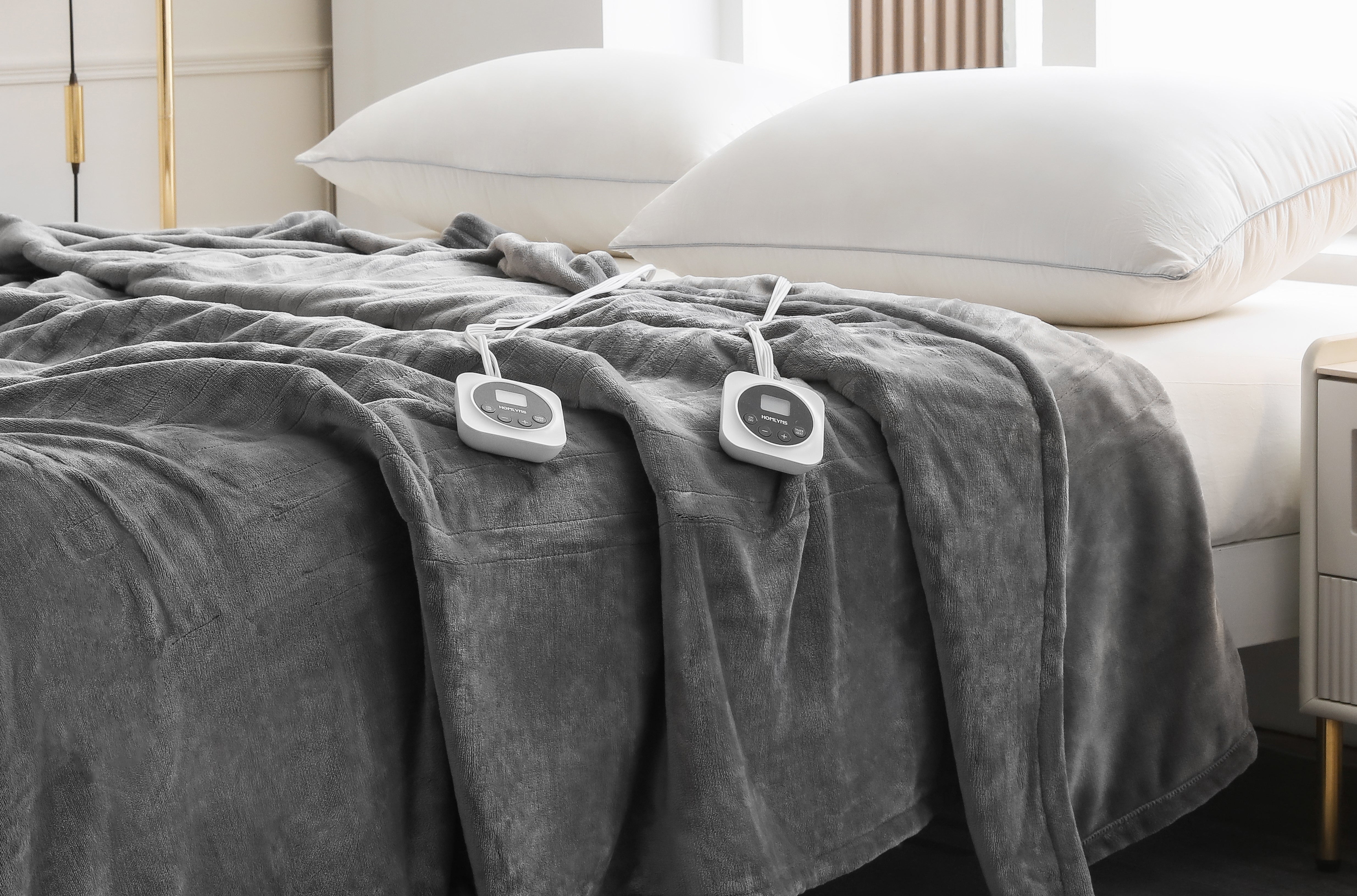
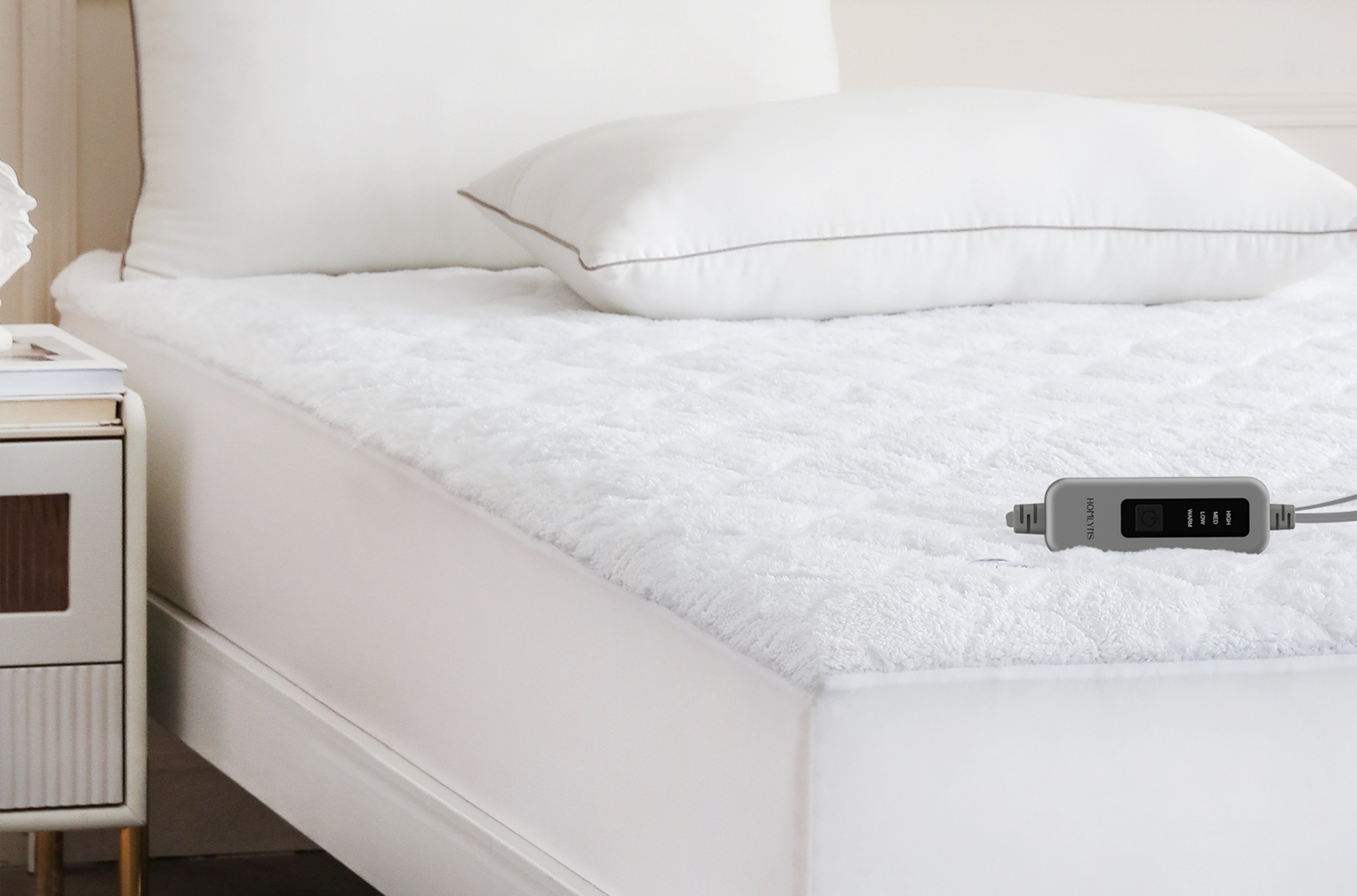



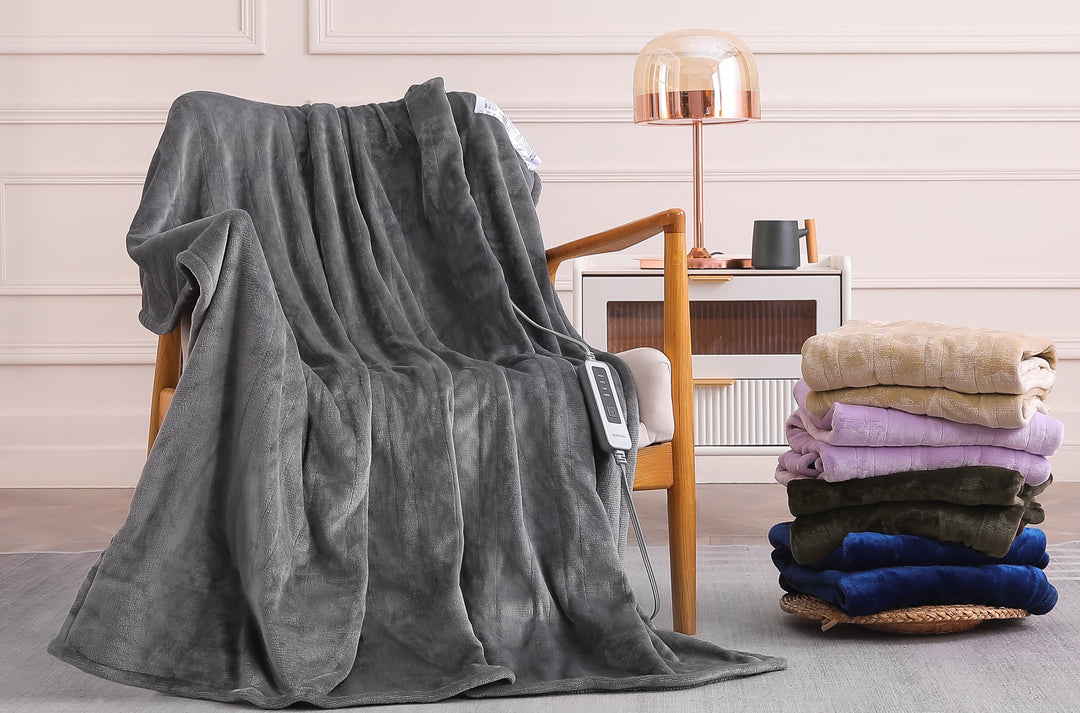
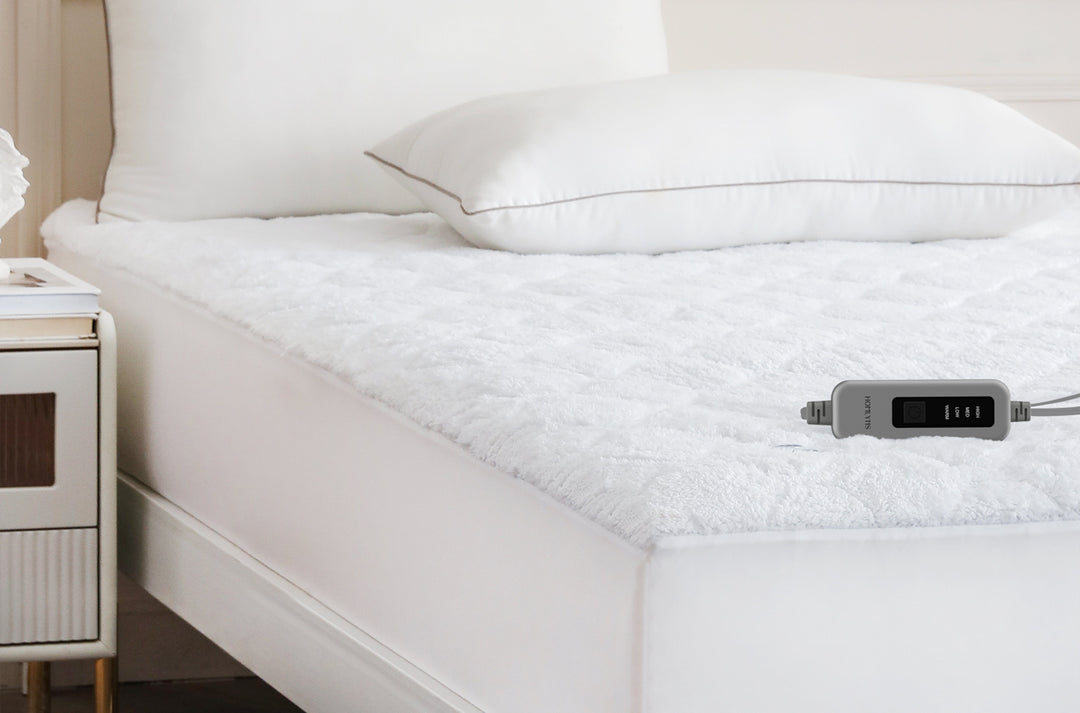


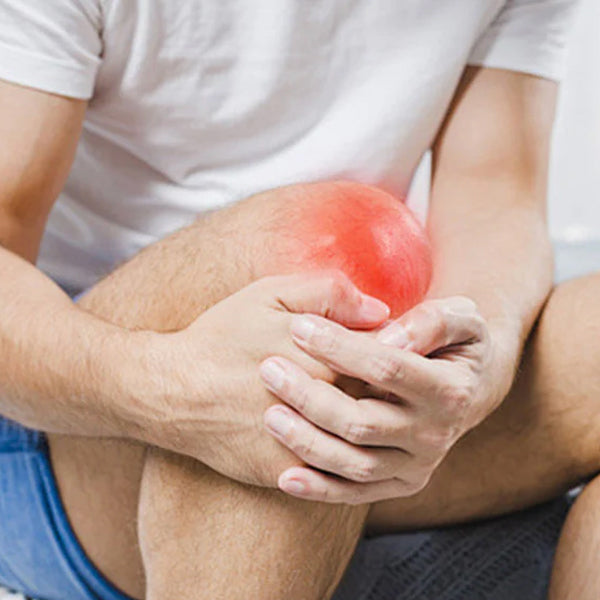
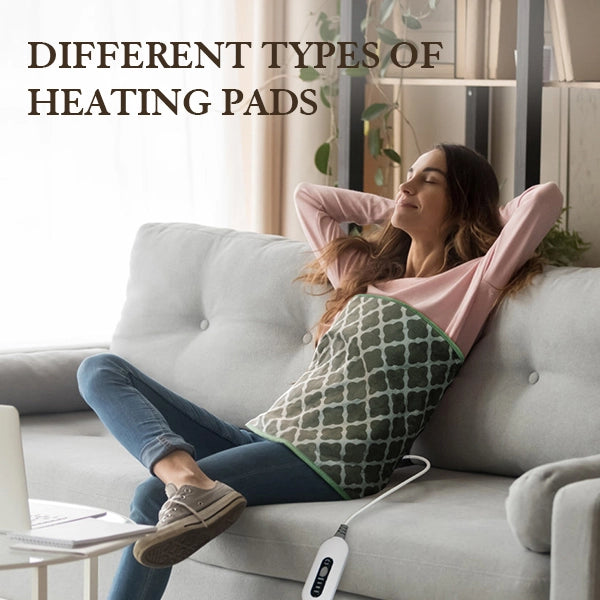

Leave a comment